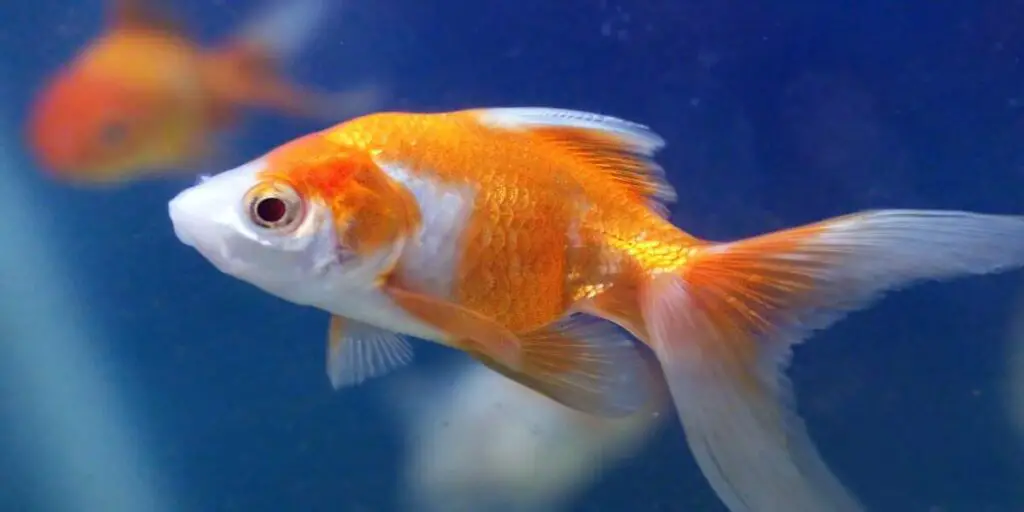Discover why glofish die easilydie easily lifespan and learn how to care for them effectively. Explore tips to ensure your GloFish thrive.

GloFish, with their vibrant fluorescent colors, have captured the fascination of fish enthusiasts worldwide. These genetically modified zebrafish are a dazzling addition to any aquarium. Their unique appearance is attributed to the incorporation of genes from jellyfish and coral into their DNA. This genetic modification allows them to emit a fluorescent glow when exposed to certain types of light, creating a stunning visual spectacle.
Are GloFish hardy fish?
One of the primary reasons GloFish have gained popularity is their reputation as hardy and easy-to-care-for fish. Unlike some delicate tropical species, GloFish can withstand a variety of water conditions and are considered a great choice for beginners in the aquarium hobby.
What are the common causes of GloFish death?
However, like any pet, GloFish are not immune to health issues and environmental stressors that can lead to their demise. In this article, we will explore their lifespan, care requirements, common diseases, and how to prevent premature death.
How to set up a GloFish tank
Creating the right environment for your GloFish is crucial to their well-being. Here’s how to set up a suitable tank:
Tank Size: Start with a tank that is at least 10 gallons for a small group of GloFish. Ensure it’s equipped with a secure lid to prevent them from jumping out.
Filtration: Invest in a good-quality aquarium filter to maintain water quality. GloFish are sensitive to ammonia, nitrites, and nitrates, so a reliable filter is essential.
Substrate: Use smooth gravel or sand as a substrate. Avoid sharp or rough materials that could damage their delicate fins.
Decoration: GloFish enjoys hiding spots, so add caves or plants to the tank. Ensure decorations are free of sharp edges to prevent injuries.
Lighting: GloFish shines best under blue LED lighting, which enhances their fluorescent colors. Use a timer to simulate day-night cycles.
Water Parameters: Maintain stable water temperature between 75-82°F (24-28°C), a pH level around 6.8-7.5, and monitor ammonia, nitrites, and nitrates regularly.
How to care for GloFish
GloFish care involves several important aspects:
Feeding: Feed them a balanced diet of high-quality tropical fish flakes or pellets. Occasional treats like frozen or live foods can be included.
Water Changes: Regular water changes (about 20% every two weeks) help maintain water quality. Use a dechlorinator to neutralize harmful chemicals in tap water.
Tank Mates: Choose tankmates carefully. Peaceful community fish that share similar water requirements can be good companions.
Observation: Pay close attention to your GloFish. Look for any signs of illness or unusual behavior, as early detection can prevent serious problems.
How to identify and treat common GloFish diseases
Like all fish, GloFish can fall victim to diseases. Here are some common ailments and how to address them:
Ich (White Spot Disease): This parasitic infection causes white spots on the skin and fins. Treat with anti-parasitic medication and raise the water temperature gradually.
Fin Rot: Bacterial infections can lead to fin deterioration. Isolate affected fish and treat them with antibiotics.
Swim Bladder Issues: If your GloFish has trouble maintaining buoyancy, it may have a swim bladder problem. Adjust their diet and avoid overfeeding.
Fungus: Fungal infections often appear as cotton-like growths on the body. Treat with antifungal medication.
External Parasites: These are tiny creatures that attach to the skin and gills. Use specific medications as directed.
Tips for preventing GloFish death
To ensure a long and healthy life for your GloFish, follow these tips:
Maintain Water Quality: Regularly check water parameters and address any issues promptly. Clean the tank and change the water as needed.
Proper Nutrition: Feed your GloFish a balanced diet and avoid overfeeding, which can lead to health problems.
Quarantine New Additions: Before adding new fish to your tank, quarantine them for a few weeks to prevent disease transmission.
Monitor Tankmates: Watch for aggression or compatibility issues among tankmates and make necessary adjustments.
Handle with Care: When handling your GloFish, be gentle to avoid stress and injury.
Stress Reduction: Keep the tank in a quiet, low-traffic area to reduce stress.
You May Also Like:
- Goldfish Blind: Causes, Symptoms, And Solutions
- White Film On Goldfish
- Goldfish Cloudy Eye Treatment
Conclusion
In conclusion, GloFish is captivating and relatively easy to care for, making them an excellent choice for both beginner and experienced aquarists. By providing a suitable tank environment, proper care, and vigilance against common diseases, you can ensure that your GloFish thrives and live a long, colorful life.
Remember, responsible fishkeeping involves ongoing attention to water quality, nutrition, and the overall well-being of your aquatic friends. By following the guidelines outlined in this article, you can enjoy the beauty of GloFish and minimize the risk of premature death.